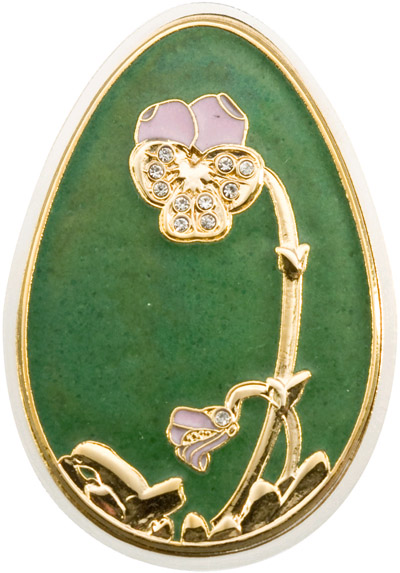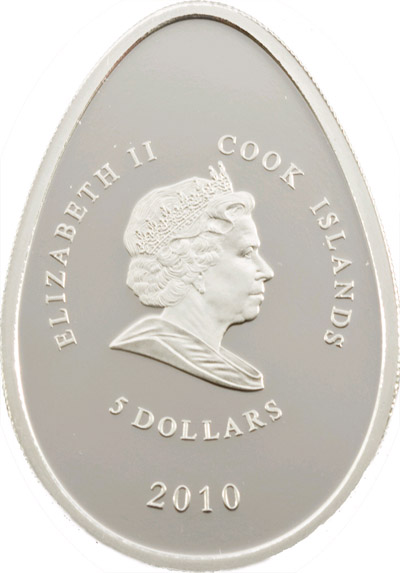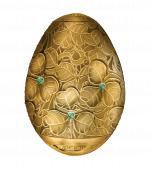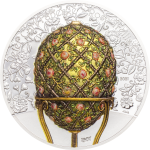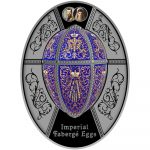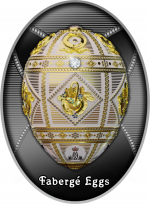Cook Islands – 2010 – 5 Dollars – Imperial Eggs GREEN (PROOF)
Contact for price; but do join the waitlist (click below) to be informed!
Description
Including 11 pieces of Bohemian Crystals in 1 mm
Featuring partially gilded cloisonné enameling
Metal: Silver .999
Weight: 20 g
Diameter: 30×43 mm
Quality: Proof
Mintage: 2’500 pcs.
Cloisonné, also called wire enamel, is a handcraft technique in which wire separates individual compartments using given patterns. The compartments are filled with enamel powder in various colour mixtures and then fired in the oven. This manner of artistic design originated in ancient Greece and found its way to China and Japan via the Silk Road. The Cloisonné reached its zenith in the Ming Dynasty in the 15th and 16th century.
Enamel design was also extremely appreciated at a later date, for instance in the Russian tsars court in St. Petersburg. It was a tradition in Russia to give eggs as a present at Easter, therefore in 1885 Tsar Alexander III commissioned the jeweller Carl Peter Fabergé to make an extraordinary jewel egg as a gift for his wife Maria. This masterpiece was so successful that from then on the tsar gave his wife a new egg every year. Alexander?s son and successor, Tsar Nicholas II, ordered another 40 imperial eggs at the House of Fabergé before the revolution put an end to this tradition.
The most striking versions of these enamel Fabergé-Eggs, implemented with diamonds and gemstones served as models for these new Cloisonné coins.

